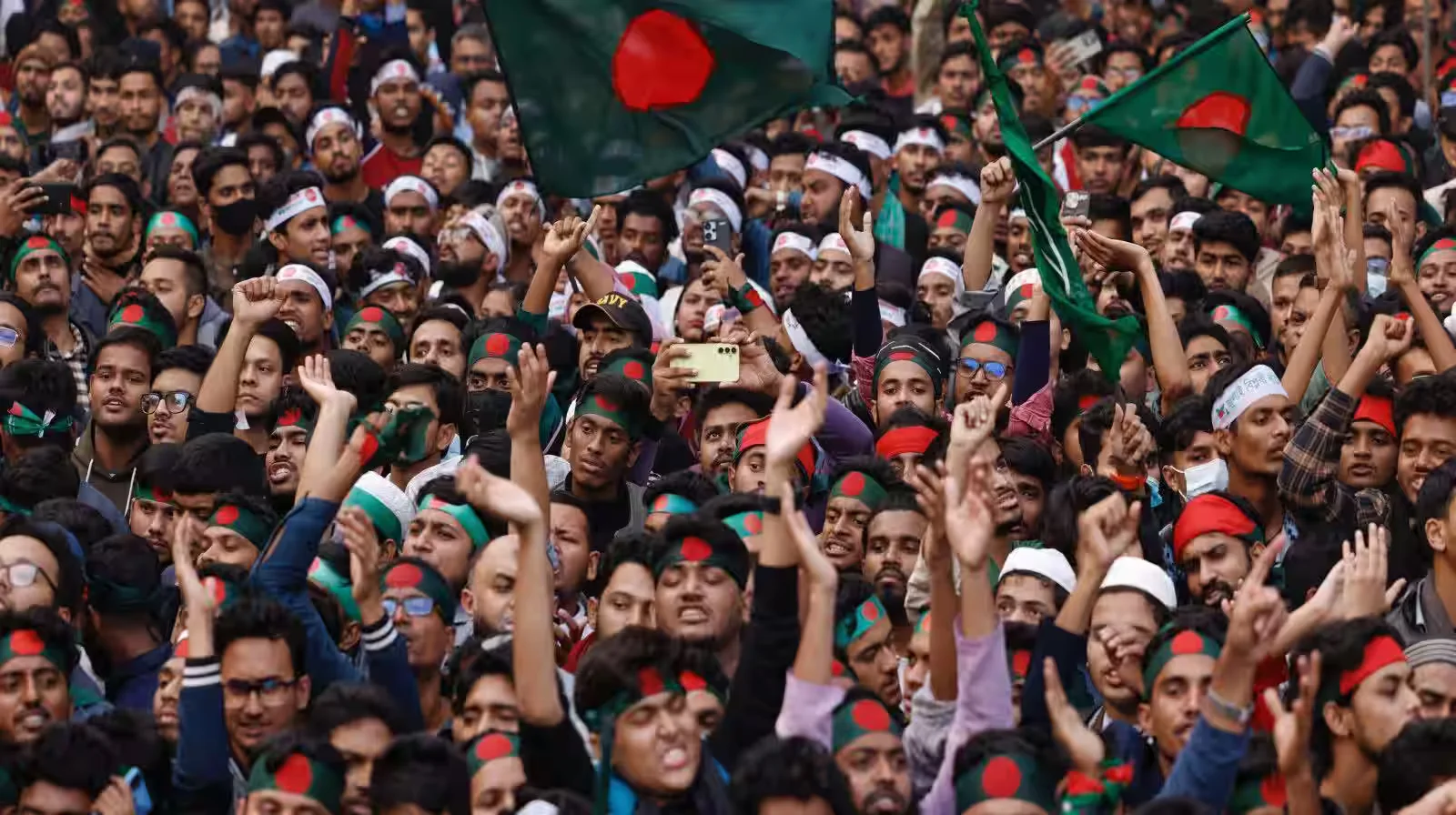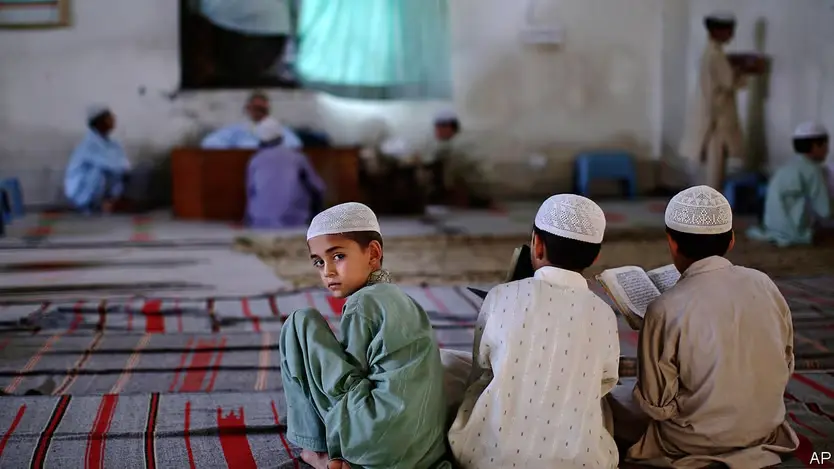With the script of the Indus Valley Civilisation (IVC) remaining a mystery even after a 100 years after its discovery, Tamil Nadu chief minister MK Stalin on Sunday announced a prize of $1 million to those who decipher the ancient script.
“We have not been able to clearly understand the writing system of the once flourishing Indus Valley,” Stalin said while inaugurating a three-day conference in Chennai to mark the Centenary Year of the IVC.
English archaeologist Sir John Marshall announced the discovery of IVC on September 20, 1924. “The riddle hasn’t been answered for the past 100 years despite several efforts by archaeologists and experts. I announce a cash prize of $1 million to individuals or organisations that decipher the script to the satisfaction of archaeological experts,” Stalin said.
The chief minister reiterated that the history of the Indian subcontinent cannot be written without Tamil Nadu or Tamil language — a statement that he made when the DMK formed the government back in 2021 while building up the archaeological expedition of the state. “The efforts of the state government is to ensure the right place for Tamil Nadu in the country’s history,” Stalin said.
“There were bulls in the Indus Valley. Bulls are Dravidian symbols. Bulls are spread from Indus Valley to Alanganallur (a village near Madurai famous for Jallikattu). Ancient Tamil literature has rich references to bull-taming sport and one of the IVC seals have impressions of a man trying to tame a bull,” he added.
Also See: India Launches its First Space Docking Mission
Marshall’s discovery was a turning point in India’s archaeological history that changed people’s understanding of the past as he had linked the language spoken by the inhabitants of IVC could be Dravidian, Stalin said. Marshall was the director general of the Archaeological Survey of India from 1902 to 1928 during which Harappa and Mohenjodaro, the two main cities that comprise the IVC were discovered. Last year in September, Stalin announced that Marshal’s life-size statue will be installed in Tamil Nadu.
Since forming the government in 2021, Stalin has said that the DMK government’s mission was to prove scientifically that the Indian subcontinent’s history should be written starting from the Tamil landscape. That year, the CM announced in the assembly that there’s conclusive proof of a civilisation existing in Tamil Nadu around 3,200 years ago, citing scientific evidence — a finding that means a thriving city-based river valley civilisation existed in the state, coinciding with the latter half of the Indus Valley civilisation.
Stalin on Sunday also released a book by the Tamil Nadu State Department of Archaeology (TNSDA), which found 60% of the signs and 90% of the graffiti marks unearthed from excavation sites across Tamil Nadu have parallels with those found in the IVC.
The state also allocated ₹2 crore to establish a research chair in the name of Iravatham Mahadevan, an epigraphist and civil servant, and to present an annual award to two scholars to encourage research in archaeology.
Last June, the state launched its ambitious archaeological excavations in four existing sites, including Keeladi, the Sangam Era site 12 km southeast of present-day Madurai district, dated to be at least 2,600 years old with a thriving industrialised settlement on the banks of Vaigai river. Fresh digging was launched at four new sites.
In August, during the ongoing 10th phase of archaeological excavation in Keeladi, a terracotta pipeline was found in further indication of an ancient water management practice, followed by those who inhabited the settlement at least 2,600 years ago. Previously, archaeologists have found an open drain, a closed channel and small tanks here.
One of the significant findings last year was the discovery of 2,030 graffiti marks, including four with Tamil-Brahmi inscriptions, from Thulukkarpatti in Tirunelveli district. Scientific dates obtained through Accelerator Mass Spectrometry (AMS) dating of samples collected from archaeological sites excavated by the TNSDA have pushed the origin of Tamili (Tamil-Brahmi) script by hundred years to 7th century BCE. The state government is embarking on a comparative study of the graffiti marks, potsherds, with those from the IVC.
Artefacts unearthed in Keeladi pushed the Sangam era to 600 BCE from 300 BCE, rice husks found in a burial urn in Sivakalai was found to be 3,200 years old, and that Tamils were aware of iron technology in 2172 BCE, 4,200 years ago. The carbon dating pushed the Sangam era by 300 years that it was thought to be. Keeladi was first discovered in 2014 by Amarnath Ramakrishna of the Archaeological Survey of India.
This news is sourced from Hindustan Times and is intended for informational purposes only.

![MK Stalin announces $1 million prize to decipher the Indus Valley Civilization (IVC) script, marking its centenary. [Image via Hindustan Times]](https://southasiatimes.org/wp-content/uploads/2025/01/Tamil-Nadu-chief-minister-MK-Stalin-at-the-confere_1736101974879.webp)




